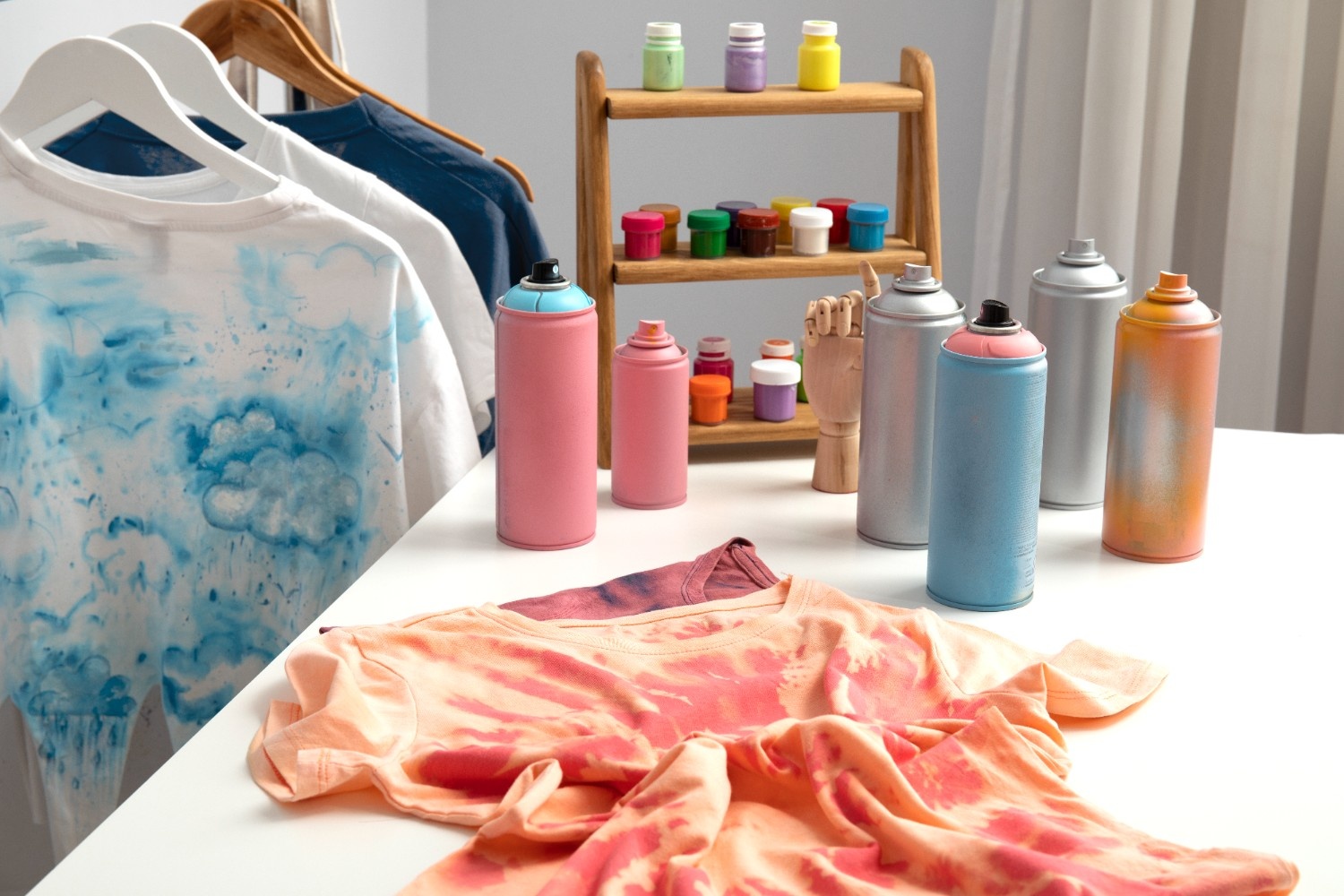
The garment and textile industry has always been driven by color and innovation. Behind every vibrant fabric lies a complex mix of dyes and chemicals that bring out brilliance, durability, and finish. However, conventional dyeing and chemical processes are often resource-heavy, polluting, and unsustainable. Today, with increasing global awareness, regulatory frameworks, and consumer demand, businesses are rethinking their practices. The transition towards eco-friendly solutions is no longer optional ¡ª it is a necessity.
This shift is also gaining momentum through platforms such as the dyes & chemicals expo, where manufacturers, innovators, and sustainability leaders come together to showcase cleaner, greener alternatives for the future of textiles.
Why Switch to Eco-Friendly Dyes and Chemicals?
Environmental Responsibility
Conventional textile dyeing is one of the largest industrial consumers of water and a significant polluter due to untreated effluent discharge. Eco-friendly dyes reduce water consumption, minimize toxic waste, and improve biodegradability.
Regulatory Compliance
Global markets such as the EU, US, and Japan have strict regulations under REACH, ZDHC, and OEKO-TEX standards. Non-compliance can result in export bans, loss of credibility, and penalties.
Market Advantage
Consumers, especially millennials and Gen Z, prefer sustainable brands. Retailers and global fashion houses are demanding eco-friendly sourcing from their suppliers. Businesses that switch early gain a competitive edge.
Cost Savings in the Long Run
While eco-friendly solutions may seem expensive upfront, waterless dyeing, recycling systems, and enzyme-based chemicals reduce energy, water, and waste-treatment costs.
Steps to Switch Towards Eco-Friendly Practices
1. Audit Your Current Processes
Start with a chemical footprint analysis. Identify which dyes and auxiliaries in your supply chain are hazardous, high in energy usage, or non-biodegradable. Platforms like ZDHC Gateway help companies map and assess chemical use.
2. Adopt Sustainable Dye Alternatives
Natural Dyes: Plant-based colors derived from indigo, turmeric, and madder roots. Best suited for organic fabrics and slow fashion.
- Low-Impact Synthetic Dyes: Modern formulations that require less water and salt.
- Dope Dyeing (Solution Dyeing): Color pigments are added at the fiber stage, saving water and ensuring long-lasting shades.
- Digital Printing Inks: Uses precise application, drastically reducing chemical and water consumption.
3. Switch to Safer Textile Chemicals
Eco-friendly auxiliaries include:
- Bio-based softeners (plant oils instead of silicones).
- Enzymatic scouring agents that replace harsh alkalis.
- Non-toxic finishing agents such as formaldehyde-free resins.
- Antimicrobial finishes derived from natural sources like chitosan.
4. Invest in Water & Energy-Saving Technologies
Technologies like supercritical CO? dyeing and plasma finishing eliminate or reduce water usage. Closed-loop systems recycle and reuse process water, minimizing discharge.
5. Work with Certified Partners
When sourcing, prioritize suppliers who comply with GOTS, OEKO-TEX Standard 100, and Bluesign certifications. These certifications guarantee that chemicals are safe for workers, consumers, and the environment.
6. Train Your Workforce
Switching to eco-friendly solutions requires knowledge and skill. Regular training for production staff ensures new chemicals are used efficiently without compromising quality.
7. Promote Your Sustainability Journey
Sustainability is not only an internal commitment but also a marketing strength. Highlight your green practices in storytelling, product labels, and at platforms like the dyes & chemicals expo to attract global buyers and partners.
Role of the Dyes & Chemicals Expo
Industry expos are powerful knowledge-sharing platforms. At the dyes & chemicals expo, businesses gain:
- Access to the latest innovations in eco-friendly dyes, pigments, and auxiliaries.
- Networking with manufacturers, researchers, and sustainability consultants.
- Exposure to cutting-edge technologies like digital dyeing, waterless processes, and bio-based chemistry.
- Insights into regulations, certifications, and best practices through expert sessions.
- Such expos empower decision-makers to test solutions, compare technologies, and partner with reliable suppliers ¡ª making the sustainability transition smoother and more impactful.
Challenges in Transition
While opportunities are immense, challenges such as higher initial investment, limited availability of natural dyes, and resistance to change exist. Overcoming these requires government incentives, collaborations across the value chain, and continuous innovation.
Conclusion
Switching to eco-friendly dyes and chemicals is not just about compliance ¡ª it¡¯s about building a sustainable, profitable, and future-ready textile industry. From adopting plant-based colors to advanced digital dyeing, the possibilities are endless. Platforms like the dyes & chemicals Expo are paving the way for businesses to embrace change, stay competitive, and lead responsibly.
The time to switch is now ¡ª because the colors of tomorrow must be green.












